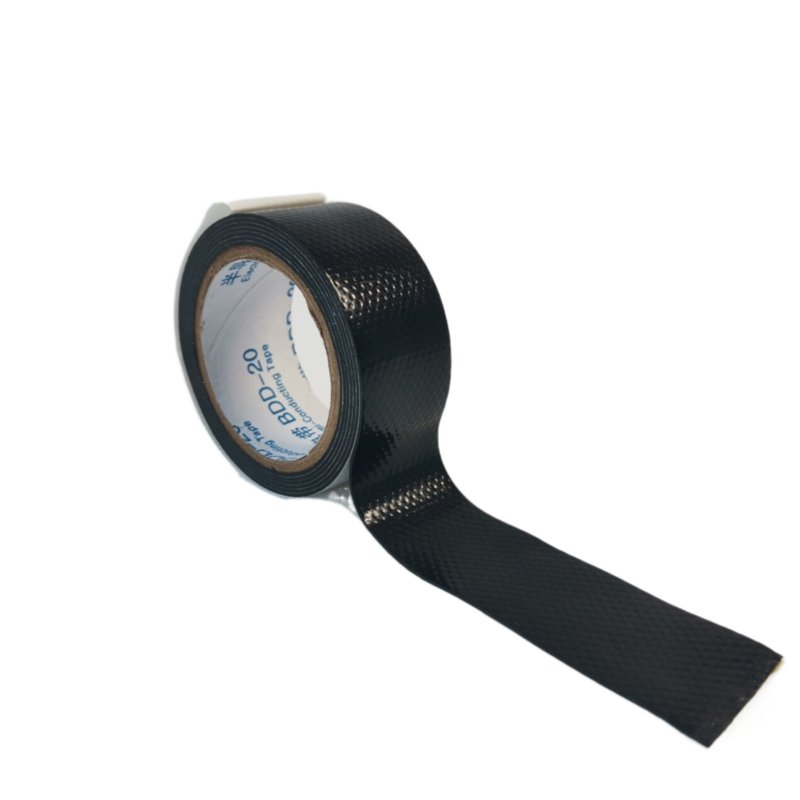Butyl Rubber Waterproofing An Overview
When it comes to effective waterproofing solutions, butyl rubber has emerged as a popular choice among builders, homeowners, and contractors alike. Known for its outstanding impermeability and resistance to various weather conditions, butyl rubber offers a reliable and long-lasting solution to prevent water infiltration in a variety of applications.
What is Butyl Rubber?
Butyl rubber is a synthetic rubber produced from the polymerization of isobutylene with a small amount of isoprene. Its unique composition gives it excellent barrier properties, making it highly effective in preventing water and moisture penetration. Butyl rubber is more than just waterproof; it possesses remarkable flexibility, durability, and resistance to ultraviolet (UV) light and chemicals, which contribute to its suitability for a range of environments.
Applications of Butyl Rubber Waterproofing
Butyl rubber is used in numerous waterproofing applications, including
1. Basements and Foundations One of the primary uses of butyl rubber is in the waterproofing of basements and foundations. Its strong adhesion and flexibility make it ideal for sealing joints and gaps, thus preventing water ingress and potential damage to a home’s structure.
2. Roofing Systems Butyl rubber is commonly used in roofing membranes due to its ability to withstand extreme temperatures, UV exposure, and moisture. The material can be applied to flat and low-slope roofs, providing a reliable waterproof barrier that enhances the roof's lifespan.
3. Ponds and Water Features In landscaping, butyl rubber liners are used to create ponds, waterfalls, and other water features. The material’s non-toxic properties make it safe for aquatic life, while its durable nature ensures that the water remains contained without leaks.
butyl rubber waterproofing

4. Bridges and Decks The use of butyl rubber in bridge expansion joints and deck waterproofing systems is increasingly popular, as it adapts well to movements in structures, preventing water ingress that can damage underlying materials.
Benefits of Butyl Rubber Waterproofing
1. Impermeability One of the biggest advantages of butyl rubber is its exceptional waterproofing capabilities. It effectively prevents water from seeping through, guarding against mold, mildew, and structural damage.
2. Durability Butyl rubber is resistant to punctures, tears, and other physical damages, which contributes to its longevity as a waterproofing material. With proper installation, waterproofing systems utilizing butyl rubber can last for decades.
3. Flexibility This material remains flexible even in extreme temperatures. Its ability to expand and contract with changing weather conditions means it won’t crack or degrade over time, maintaining its integrity.
4. Ease of Application Butyl rubber products are available in various forms, including sheets, membranes, and sealants. This versatility allows for easy application in a wide range of scenarios, saving time and labor costs.
5. Environmental Considerations Butyl rubber is often manufactured with a focus on environmental sustainability, making it a responsible choice in terms of eco-friendliness. Additionally, its longevity means less frequent replacement, further reducing environmental impact.
Conclusion
In conclusion, butyl rubber waterproofing stands out as a superior option for individuals and businesses looking to protect their properties from water damage. Its unique combination of performance attributes—including impermeability, flexibility, and durability—ensures that it remains effective in even the most challenging environments. Whether it is for residential or commercial purposes, butyl rubber offers a reliable and cost-effective solution that safeguards structures against one of nature’s most persistent challenges water. By investing in butyl rubber waterproofing, property owners can enjoy peace of mind knowing they are protected from moisture-related issues for years to come.
-
XIANGFAN Rubber Tape-Ultimate Solutions for All Your Insulation NeedsNewsJun.24,2025
-
XIANGFAN Rubber Tape-Protection for Industrial and Residential ApplicationsNewsJun.24,2025
-
XIANGFAN Rubber Tape: Superior Safety and Sealing for Demanding EnvironmentsNewsJun.24,2025
-
XIANGFAN Rubber Tape: Reliable Solutions for Every Electrical ChallengeNewsJun.24,2025
-
XIANGFAN Electrical & Industrial Tape: Powering Reliability Across IndustriesNewsJun.24,2025
-
XIANGFAN Electrical & Industrial Tape: Excellence in Every ApplicationNewsJun.24,2025
